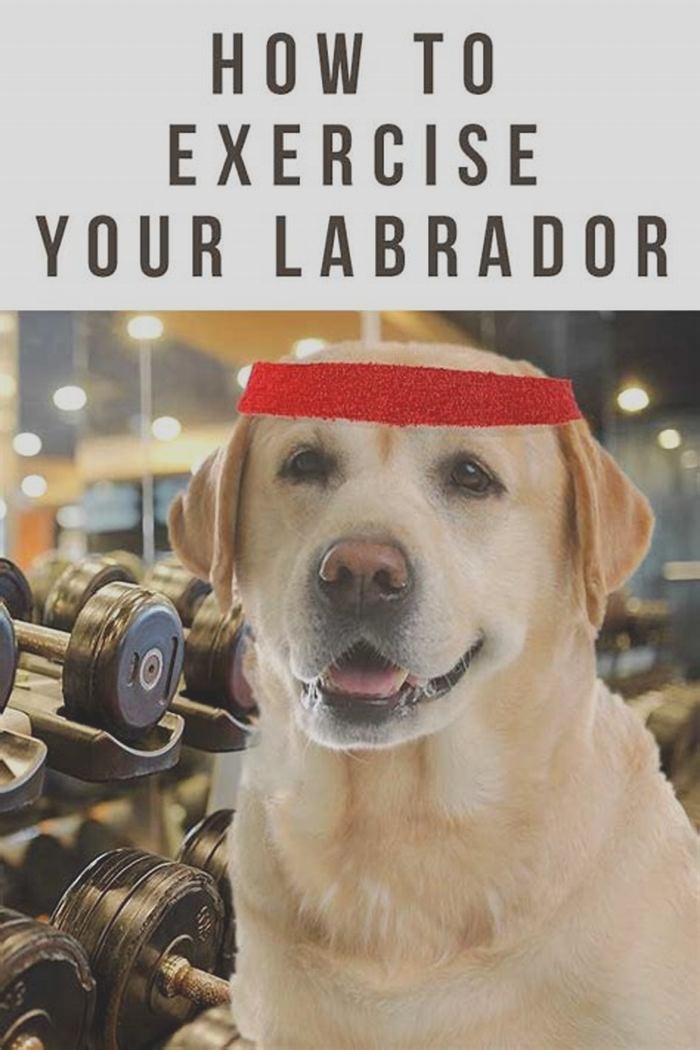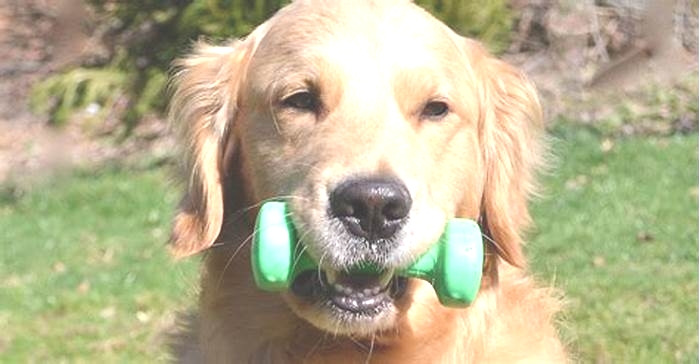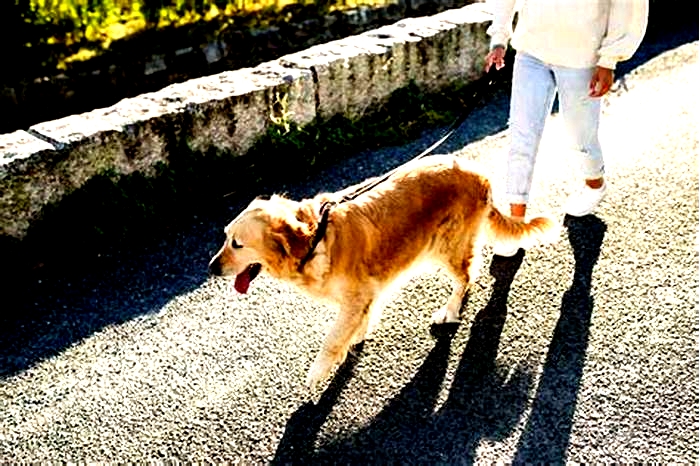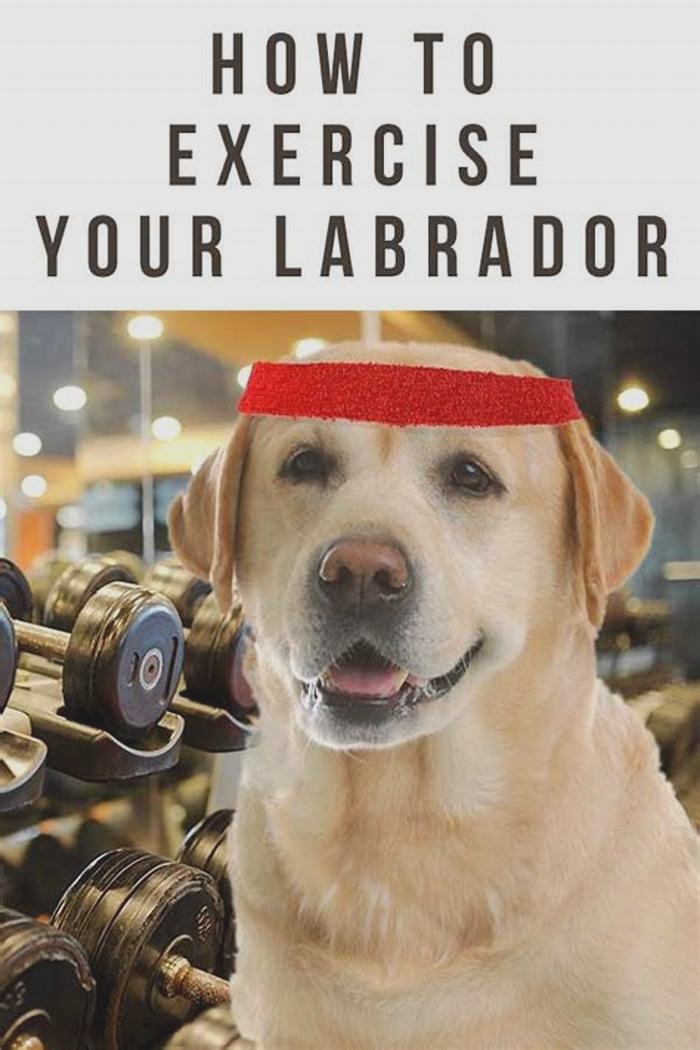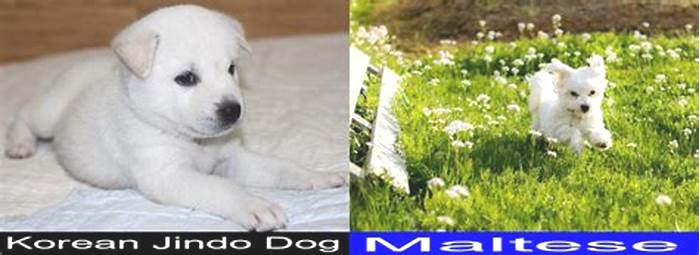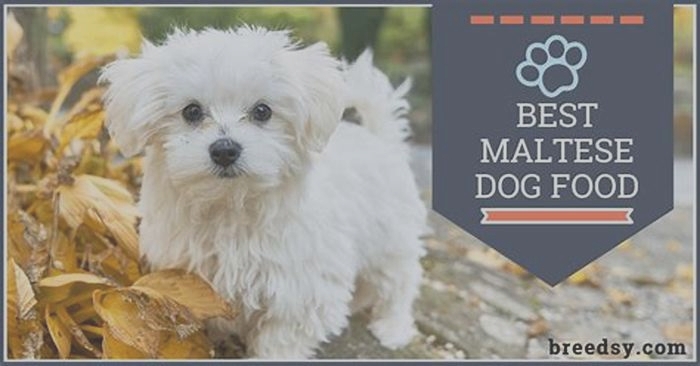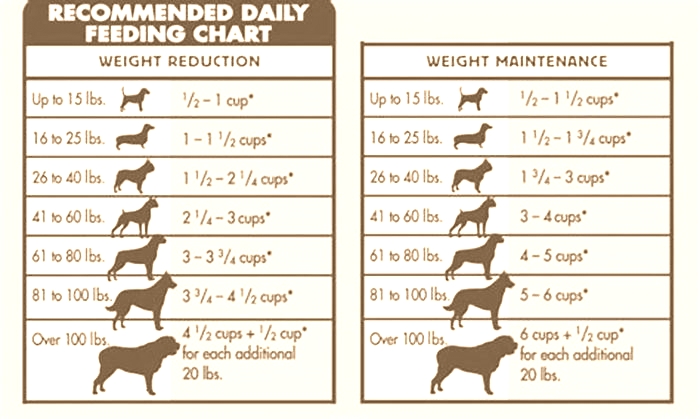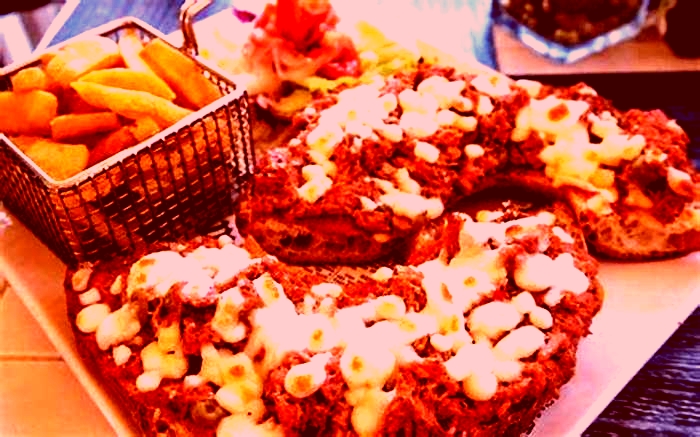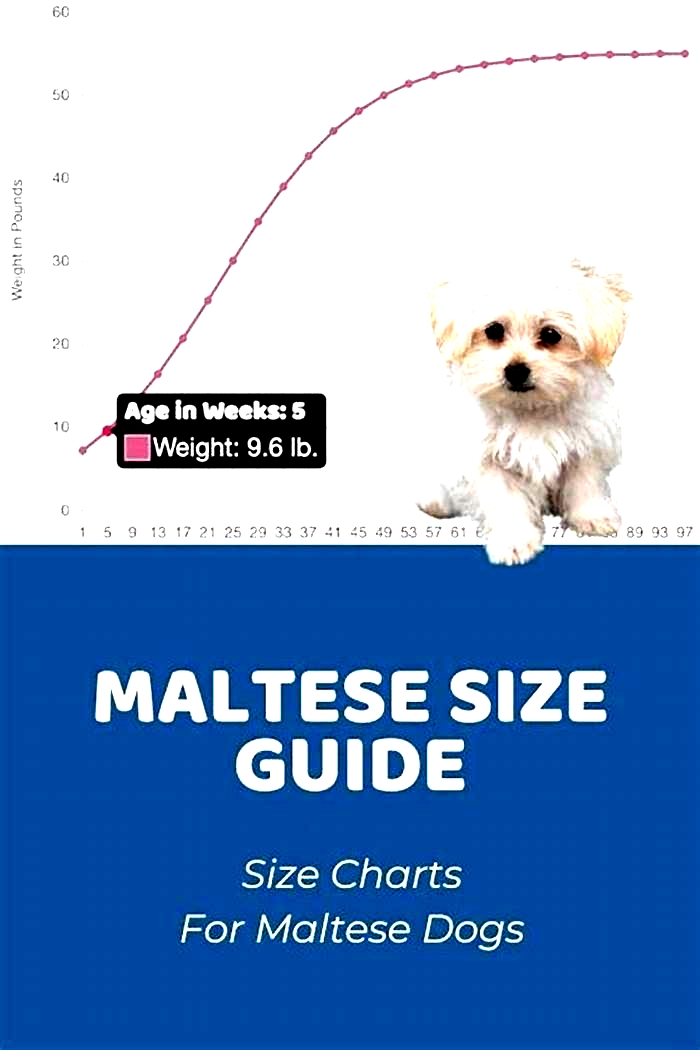Do Maltese need a lot of exercise
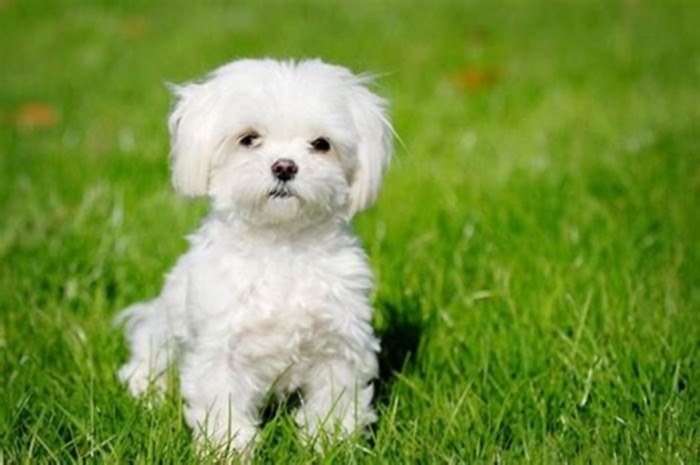
Barkercise
The Maltese are a playful, small dog breed who can be a fun and very loving. They are not a high energy breed but do require a moderate amount of exercise. They are not a lazy dog.
 Exercise is important for a Maltese because it helps strengthen their circulatory and respiratory system, keeps their joints flexible and muscles toned, and helps improve their sleep and digestion. It is also helpful to manage their weight along with a healthy diet.
Exercise is important for a Maltese because it helps strengthen their circulatory and respiratory system, keeps their joints flexible and muscles toned, and helps improve their sleep and digestion. It is also helpful to manage their weight along with a healthy diet.
Maltese exercise needs
Their exercise needs can be broken down into three groups
- 1. a daily walk
- 2. free play and toys (moderate purposeful activity)
- 3. mental stimulation
We will look at each of these three categories along with suggested activities and type of exercise you can incorporate into their daily routine.
Maltese walking
A Maltese requires a daily walk of between 20 30 minutes at a comfortable pace for them. You can take you Maltese out for a longer walk f you wish. This can be a walk on a leash around the block or can be off leash exploring at the local park. Walk at a pace that is brisk for your particular Maltese. You will want them to be comfortable yet be getting a benefit from the exercise.
The daily walk is not only a good way to release some pent up energy, but is also a good opportunity for training and is great for building your bond with each other. It also provides mental stimulation by way of the sights, sounds and smells they come across and social interaction with other dogs you meet along the way.
A short daily walk is more beneficial that nothing all week with a long walk at the weekend. If you prefer you can take you Maltese for two shorter walks instead. Obviously, every dog is an individual even of the same breed. By observing your Maltese you can assess how long of a walk they need. If they are panting excessively or falling behind they have probably had enough. It is probably a good idea to end the walk. If they are happily trotting along you can choose to walk a bit further.

Free play and toys
The Maltese is a playful little dog. They enjoy a good game with people, other dogs and often by themselves. Provide an opportunity for them to play whenever possible. This will help burn energy, stimulate their mind and strengthen their bond with you. Some suggestions for free play include;
Toys
The Maltese in most cases is what we term a light or moderate chewer. This means they tend not to be overly destructive with their toys. Dogs like this quite often favor Plush Toys. To learn more about the benefits and uses of your dogs toys read Secrets to the benefits of your dogs toys
Fetch
Fetch is a favorite game for most dogs. It not only gets a dog moving but is also a great bonding activity for you both.

Play with other dogs
Provide the opportunity for your Maltese to play with other dogs. This is not only great to burn energy and stimulate their mind, but teaches them important social skills.
Dog toys that move on their own
There is a range of toys that shake, rattle, roll and move on their own. These are a fun way to encourage your Maltese to get moving and interacting with their toys. Learn move at Dog toys that move on their own.
Self Playing Dog Toys
There are a variety of dog toys that your dog can use to play by themselves. These are great for times when your dog is home alone, you dont have the time or you are otherwise occupied. This way your dog can still get some physical activity and mental stimulation without your direct involvement. See Self Playing Dog Toys for some ideas.
Play games
There are countless fun games that you can play with your dog. Check out 47 Boredom Busters and games for dogs for ideas.
Mental Stimulation
Your Maltese will get some mental stimulation and enrichment from their daily walk and time spent with free play. However, it is a good idea to provide other activities that stimulate the mind.
Mental exercise can burn as much energy as physical exercise. Many dog behavior problems are the direct result of boredom. Read Mental enrichment and mind stimulation for dogs to learn about the six categories of enrichment for dogs.
Some ideas to provide mental stimulation include;
Puzzle Toys
Puzzle toys are a great way to test your dogs intelligence and improve their problem-solving skills. Check out Top 7 puzzle toys for dogs for my top picks. Kong toys which you stuff with food and treats work in much the same way. Read How to use a Kong for dogs.
Puzzle toys are great for times when your dog is home alone. If your dog is home alone while you are at work or out you may find some helpful information at Leaving a dog alone while at work
Learning
Teaching new commands and tricks is also excellent to provide mental enrichment. A popular game that involves learning is to teach them the names of their toys. Dogs can learn hundreds of words and names.
Chew Toys
Chewing is a natural instinct for dogs and has many benefits including keeping them busy and occupying and stimulating their minds. To learn more about the benefits of and the best chew toys see here.
Food enrichment
Turn mealtimes into an opportunity for your Maltese to get a mental challenge and enrichment. Instead of feeding them from a bowl, give them activities that require them to work for their food. To learn more about feeding enrichment for dogssee here.
Enrich their environment
Environmental enrichment is the process of making a dogs living space more engaging and interesting. To learn more aboutenvironmental enrichment for dogssee here.
How much should you exercise a Maltese puppy
 The exercise suggestions above relate to a healthy adult Maltese. The exercise needs of a puppy are quite different. With puppies, their bones, muscle, and joints are still growing and developing.
The exercise suggestions above relate to a healthy adult Maltese. The exercise needs of a puppy are quite different. With puppies, their bones, muscle, and joints are still growing and developing.
Overly strenuous walks are not necessary and in fact, could possibly cause harm. The best exercise for a young puppy is free play with age-appropriate toys. Socializing with other puppies or friendly adult dogs is a great way to burn some of that puppy energy along with teaching them the social skills they need.
As your Maltese puppy gets older you can take them for short informal walks allowing them to sniff and explore and get used to being on a leash. Puppies under three months probably havent had all their vaccinations so shouldnt be walked in public. Check with your vet when it is alright to venture out to the park or street.
The general rule of thumb for walking a puppy is around 2 5 minutes for every month of age. So, for example for a 4-month-old puppy, a walk of 8 minutes to 20 minutes is enough. Monitor you Maltese puppy on the walk for signs such as lagging behind, lying down or panting. End the walk if they seem too tired.
Mental stimulation is important for puppies and can tire them just as much as physical activity. For more onmental stimulation for puppiessee here.
For more on puppy exercise read How to exercise a puppy
How much exercise does an older Maltese need
As a dog gets older they become less active and have lower energy levels. However, it is still important that they remain reasonably active to keep their joints and muscles mobile and to manage their weight. Read Dog exercise for a senior dog to learn more.
Many dogs develop arthritis as they age. Exercise for them becomes a balancing act. It is important to keep their joints mobile and manage weight, but too much can make them sore. Read How to exercise an arthritic dog to learn more
So, how much exercise does a Maltese need?
The Maltese dont require excessive exercise. By providing a short walk each day of between 20 to 30 minutes, some free play and moderate purposeful activity, and mental enrichment you will have a happy, healthy and well behaved little dog.
A lifelong writer and proud dog dad. Joseph started this blog dedicated to helping other dog owners find accurate information on how to keep their pets at their healthiest through exercise and nutrition. His passion for all things canine shines through in his writing, and he believes that every dog deserves the best possible care. If you're a dog owner looking for reliable advice on how to keep your pup healthy and happy, be sure to check out Joseph's work.
View all posts
Maltese
The following may contain Chewy links. PetMD is operated by Chewy.
The Maltese is a toy dog breed thats best known for their luxurious, floor-length white coats and playful personalities. These dogs originated on the Mediterranean island of Malta and have been loyal companions for centuries, with references to the breed found in Ancient Greek and Roman literature. Weighing an average of 7 hearty pounds, these tiny yet fearless dogs are highly adaptable and make charming and devoted companions.
Caring for a Maltese
Maltese have minimal health issues but require regular maintenance because of their long, silky, white coat. Their big, dark eyes and nose make these playful and moderate energy dogs irresistible. Despite their small size they have big, willful personalities and generally respond positively to reward-based training.
Maltese Health Issues
Most Maltese will live well into the double digits, with a typical lifespan of 12-15 years. They are a generally healthy breed with few health concerns. But there are a few inherited conditions that pet parents need to be aware of for health management.
Luxating Patella
Maltese can develop luxating patellas, an inherited condition where one or both of the kneecaps pop in and out of place. Although patellar luxation is not generally considered a painful condition, it may cause the dog to favor one leg and can predispose them to other knee injuries (such as a cranial cruciate ligament tear) and arthritis. Depending on the severity of the luxating patella, surgery may be recommended to prevent further injury and improve your Malteses quality of life.
Patent Ductus Arteriosus (PDA)
Responsible Maltese breeders will screen their puppies for heart abnormalities such as patent ductus arteriosus. PDA is an inherited condition where the ductus arteriosus, the normal opening between the two major blood vessels in the heart that closes shortly after birth, does not close. This condition causes blood to flow improperly and forces the left side of the heart to work harder. This leads to eventual failure of that chamber.
Depending on the size of the opening, dogs may show minimal symptoms to severe signs of heart failure such as:
Difficulty breathing
Exercise intolerance
Stunted growth
Surgery is typically the best option to close the defect and when done prior to heart failure, dogs generally have an excellent prognosis. Some dogs that have already developed heart failure at the time of surgery may require medications afterward.
Liver Shunts
Maltese puppies should also be screened for congenital liver issues such as shunts. Liver shunts are abnormal veins that bypass the liver, preventing the normal filtration of toxins, wastes, and medications from the blood before returning it back to the body. Dogs with liver shunts may have stunted growth and neurologic signs such as disorientation or seizures. Liver shunts can be screened with a blood test and are often managed with a diet change and medication, though sometimes surgery is required.
Dental Disease
Like all other toy breeds, Maltese require regular at-home dental care as well as routine dental cleanings to prevent periodontal disease.
What To Feed a Maltese
Selecting the best diet for a Maltese is often based on the needs of the individual dog. While its always important to choose a diet with high-quality ingredients, its best to discuss diet with your veterinarian, as they can make a recommendation based on your dogs specific medical history. Maltese dogs can be prone to obesity, so avoid overfeeding your pup so they can maintain a healthy weight.
How To Feed a Maltese
Due to their tiny size, young Maltese puppies can be susceptible to hypoglycemia (low blood sugar) if they dont eat enough food throughout the day. This can be avoided by feeding small meals three to four times a day until they are around 4 months of age. At this age, their more developed bodies are better suited to regulate glucose levels and they can transition to two (or three, if desired) meals a day. Adult Maltese typically do well with two meals a day, in the morning and evening.
How Much Should You Feed a Maltese
Always follow the feeding guide provided by the specific food to ensure that your dog is receiving the appropriate essential daily nutrients. For a Maltese, based on an average weight of approximately 6-8 pounds, this will range from about 1/4 to 1/2 cups of dry food daily, divided into two meals.
Nutritional Tips for a Maltese
For Maltese dogs that have luxating patella, it can be beneficial to supplement them with glucosamine and chondroitin to help keep their joints healthy. Additionally, omega-3 supplements can aid in protecting joint health and keep their skin and coat lush and soft.
Behavior and Training Tips for the Maltese
Maltese Personality and Temperament
Maltese do well with some daily activity but dont require vigorous exercise to maintain their physical or mental health. They can be somewhat stubborn, but with positive training methods Maltese dogs can do very well with activities such as agility.
Maltese are very affectionate with their family, but their tiny size makes interactions with young or boisterous children something they might try to avoid. A family with older children who understand how to interact with a dog may be better suited for them, and interactions between children and dogs should always be supervised.
Like many other toy breeds, Maltese tend to compensate their tiny stature with a big bark. They can be vocal, especially when they feel they are protecting their people or home.
Maltese Behavior
Maltese are very attached to their families, and they show this with their tiny but mighty protective nature. This can also cause them to experience some anxiety when separated from their people, which can manifest in unwanted behaviors such as vocalization.
Maltese Training
Maltese are an intelligent breed, and their stubborn side can make training difficult. Potty training Maltese puppies can be challenging, but consistency paired with positive reinforcement will yield the best results.
Despite their lavish appearance, Maltese dogs are an athletic breed and can thrive in sports such as obedience or agility. While Maltese have an abundance of energy, daily walks or playtime with their family are usually enough to keep them happy and healthy.
Fun Activities for a Maltese
Walking
Indoor/outdoor playing
Obedience
Agility
Maltese Grooming Guide
Maltese are known for their long, silky white coat, which requires daily care to prevent mats and tangles. Their fur should be brushed or combed daily, and regular bathing will keep their skin and coat healthy and clean. Maltese tend to be low-shedding dogs and are often suitable for people with dog allergies.
Skin Care
Skin care for the Maltese can vary depending on the individuals needs. However, this breed does not typically have sensitive skin. Regular brushing and bathing to maintain their coat is the best way to keep their skin healthy as well.
Coat Care
The Malteses long coat is prone to matting, which can cause skin infections if not cared for properly. Daily brushing is required to prevent their fur from matting or tangling. When bathing a Maltese, its important to thoroughly rinse and then dry the hair to prevent skin irritation or infection from the shampoo and moisture.
Eye Care
Their white coat can predispose the Maltese to more prevalent tear staining, but routine cleaning with a soft, damp cloth will help keep this to a minimum. Excessive staining could be a sign of other underlying conditions (such as allergies or plugged tear ducts) and should be discussed with a veterinarian.
Ear Care
Routine cleaning with a veterinary-approved ear cleaner is vital in maintaining healthy ear canals. This should also be done any time a Maltese is in water, such as after swimming or bathing.
Considerations for Pet Parents
The silky, white coat of Maltese dogs is often a major draw for new pet owners, but this breed will do best in a home that is able to provide daily maintenance of their coat. They need to be brushed every dayincluding after routine baths.
While they are high-energy dogs, Maltese dont require a lot of exercise to expend that energy, which can make them well-suited for busier families. Their tiny stature makes the rambunctious nature of young children somewhat intimidating for the Maltese, but theyll fit right in with families that have older kids.
Maltese FAQs
Is a Maltese a good family dog?
Maltese are very affectionate and loving toward their families. They do well with children who know how to interact properly with small animals, but may be best suited for a family with older kids who are always gentle.
Are Maltese smart dogs?
Maltese have been human companions for centuriesand are therefore adept in training their humans to get what they want. This intelligence can be perceived as stubbornness, but Maltese dogs respond very well to consistency and positive training methods.
Is a Maltese hypoallergenic?
Hypoallergenic dogs are actually a myth, as all dogs produce allergens from their coat, dander, urine, and saliva. But because of their low-shedding coat, a Maltese can be a good fit for some people who experience dog allergies. Before bringing home a Maltese puppy, spend time with the breed first to see how your allergies react.
How long does a Maltese live?
The typical Maltese lifespan is 12-15 years.
How much does a Maltese cost?
Depending on the breeders experience and the puppys pedigree, the cost of a Maltese puppy can range from $600-$2,000.
Are Maltese quiet dogs?
Maltese are known to be moderate barkers, and they can be quite vocal in showing their displeasure about something.
Featured Image: iStock/enviromantic
WRITTEN BY
Teresa Kho-Pelfrey, DVMVeterinarian
Dr. Teresa Kho-Pelfrey graduated from Ross University School of Veterinary Medicine in 2015 and completed her clinical year at Purdue...

